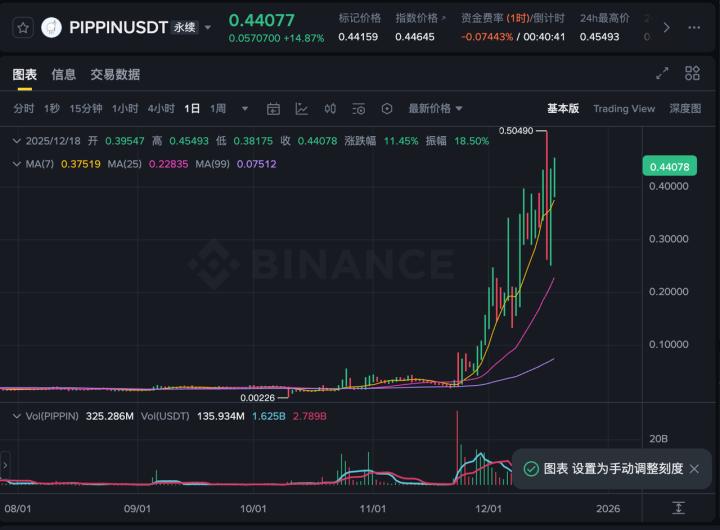
Opinion of Pavel Nikienkov, co-founder of Zano.
Satoshi Nakamoto was a genius, but in terms of privacy, he left a big gap. Now, predatory entities are exploiting it to the fullest. The root Blockchain and many of its branches are all transparent, immutable, and decentralized. It sounds like everything you want from a financial system, but you're mistaken.
Privacy is a critical component of any secure financial system. There is an inherent contradiction between Blockchain technology and information security. The desire for privacy is essential, and the right to be forgotten has been enshrined in law. However, Blockchain technology violates this principle because its nature is an immutable, permanent, and public ledger of data.
You may not care because the only information that anyone can see is a random string of characters and numbers, but this has a real impact on on-chain transactions.
Consider a potential example: You go to Uniswap to buy a Token, place your order, execute... and receive far fewer Tokens than expected. You check the order history of the trading pair and discover a large transaction was executed immediately before your order, driving up the price, with a large sell transaction occurring immediately after. You've just been "front-run," and it may not be the only time.
Front-run? You might think: "I was a champion racer in school; no one could beat me!" Take a step back and explain what front-running is.
What is MEV?
Maximum Extractable Value (MEV) refers to the maximum value that a miner or Blockchain validator can extract by including, excluding, or reordering transactions in the block production process.
Blockchain networks are immutable ledgers protected by a decentralized network of nodes called "block producers." In Proof-of-Work Blockchains, this means miners. For Proof-of-Stake networks, this refers to validators. Block producers are responsible for aggregating pending transactions into blocks that are then regularly verified and appended to the global ledger. While Blockchain networks ensure that all transactions are valid (e.g., no double-spending) and new transaction blocks are continuously produced, there is no guarantee that transactions will be ordered in the same sequence they were submitted to the Blockchain.
Since each block can only contain a limited number of transactions, block producers have complete autonomy in selecting which pending transactions to include in their mempool. In this mempool, block producers store unconfirmed transactions off-chain, which they will then include in their block. As a result, block producers have the freedom to engage in profiteering behavior by extracting MEV in an unconstrained manner. For example, the cumulative value of MEV extracted on Ethereum reached $78 million in early 2021, then exploded to $554 million by the end of that year. Currently, MEV extraction on Ethereum stands above $600 million.
The Problem and Solutions around MEV
Fortunately, the past few years have seen the development of various approaches to mitigate the MEV issue. These measures fall into two groups: new transaction ordering protocols and adjustments to existing protocols to reduce the scope for manipulation.
One solution in the first group is the Fair Sequencing Service (FSS), which ensures that transactions are relatively ordered to minimize the opportunity for front-running or reordering by miners and validators. An example is the Chainlink Fair Sequencing Service, which uses decentralized oracles to maintain fair transaction ordering. There is also a First-In-First-Out (FIFO) protocol, which processes transactions as they appear in the mempool. This approach provides a simple solution to maintain order integrity, minimizing the ability of miners to manipulate transaction order to extract MEV.
These methods all share the common goal of creating a fairer and more secure transaction ordering system, reducing the potential for manipulation. This goal is necessary to build the trust required for decentralized ecosystems to become mainstream.
Approaches to Mitigate MEV
Block producers rely on transaction data that can be seen to manipulate transactions for profit. Privacy-preserving protocols address this issue, although their primary function has never been to eliminate MEV.
Ring Confidential Transactions (RingCT) obscure critical transaction details, including the transaction amount, sender, and receiver. RingCT prevents miners from identifying transactions that could be profitable to manipulate, reorder, or front-run. If the specific details of each transaction are hidden, extracting MEV becomes nearly impossible, as miners cannot see the arbitrage opportunities or front-running possibilities.
Simultaneously, stealth addresses are another powerful security tool to reduce MEV. They create unique, one-time-use addresses for each transaction, concealing the recipient's identity. Since the addresses cannot be tracked, miners cannot target high-value transactions, removing the incentive to prioritize or reorder them for personal gain.
MEV relies on the ability of miners or validators to see transaction data in order to manipulate the order or presence of transactions. Privacy-focused designs aim to limit the miner's ability to view specific transaction details, making it extremely difficult to target transactions that could yield profitable results.
The main function of security technology is to protect our privacy in the increasingly developed state ecosystem. According to a survey by the Bank for International Settlements (BIS), 94% of the 86 banks participating are considering a digital version of their national currency. This figure is up from 90% of the 81 participants in a 2021 survey conducted by BIS, an umbrella organization for central banks worldwide. However, the forgotten second function is that it also helps to counter MEV predatory behaviors in blockchain ecosystems by making your footprint on the blockchain invisible. Pavel Nikienkov is a co-founder at Zano. He is an expert in launching security-focused software products and has worked as a project manager. He has been involved in the blockchain security ecosystem for over five years and has been an effective member since then. Bitcoin News Aggregator






